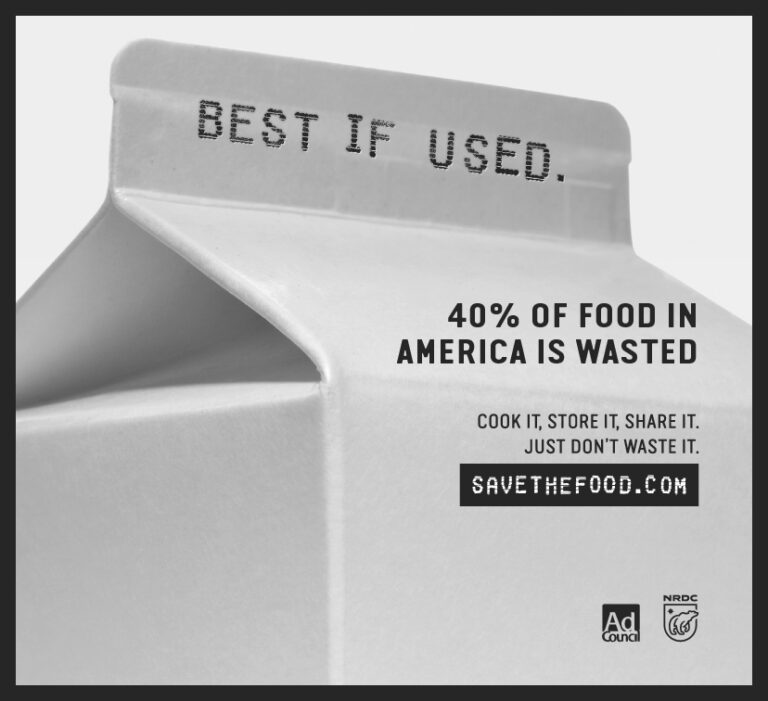Food Interview: Food Waste Stops Here
A Chat With Andrea Spacht On Save The Food Campaign


One of Save the Food’s recent ads in Albuquerque.
Image from Ad Council
Latest Article|September 3, 2020|Free
::Making Grown Men Cry Since 1992


One of Save the Food’s recent ads in Albuquerque.
Image from Ad Council
